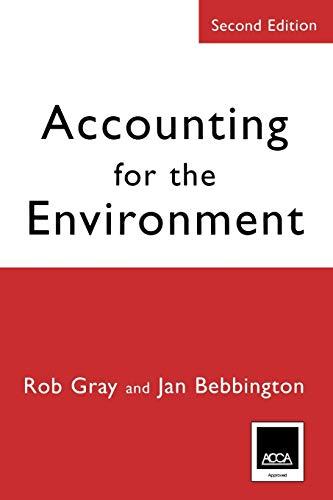Weighted Average Method, FIFO Method, Physical Flow, Equivalent Units Middelton Company manufactures a product that passes through two processes: Fabrication and Assembly. The following information was obtained for the Fabrication Department for October: a. All materials are added at the beginning of the process, b. Beginning work in process had 78,200 units, 25 percent complete with respect to conversion costs. c. Ending work in process had 12,800 units, 40 percent complete with respect to conversion costs. d. Started in process, 91,300 units. Required: 1. Prepare a physical flow schedule. Middelton Company Physical Flow Schedule Units to account for: Units, beginning work in process Units started Total units to account for Units accounted for: Units completed and transferred out: Started and completed From beginning work in process 100 1000 Units, ending work in process Total units accounted for 2. Compute equivalent units using the weighted average method. Weighted average method: Equivalent Units Direct Materials Conversion Costs 3. Compute equivalent units using the FIFO method. FIFO method: Equivalent Units Direct Materials Conversion Costs 4. Suppose that the cost of direct materials in beginning work in process is $629,700 and that the direct materials cost incurred for October is $708,200. With these changes, answer the following: a. What is the unit materials cost for the units in BWIP? Round your answers to the nearest cent. $ b. What is the unit materials cost for units produced in October? Round your answers to the nearest cent. Which method should be used to answer this question? Weighted Average Explain why the unit materials cost is not the same for weighted average and FIFO. of the two unit calculations, FIFO uses only October costs and October output, so it should be used to calculate the unit materials cost for October. When those costs are changing from one period to the next, then the unit costs for FIFO and WA will differ. As part of your explanation, show that the weighted average unit cost for materials is the blend of the September unit materials cost and the October unit materials cost. Because the weights are the proportion of total equivalent units for each unit cost. C. Which data analytic types (descriptive, diagnostic, predictive, or prescriptive) apply for 4a and 4b? Note: More than one data analytic type might apply. (See Exhibit 2.5 and Exhibit 2.6 for a review of data analytic metrics.) Calculating what the unit materials cost is for September is descriptive . Identifying the method that should be used for calculating October's unit materials cost is prescriptive Explaining why the two unit costs differ and showing how the weighted Average method is a blend of BWIP and current cost is diagnostic









